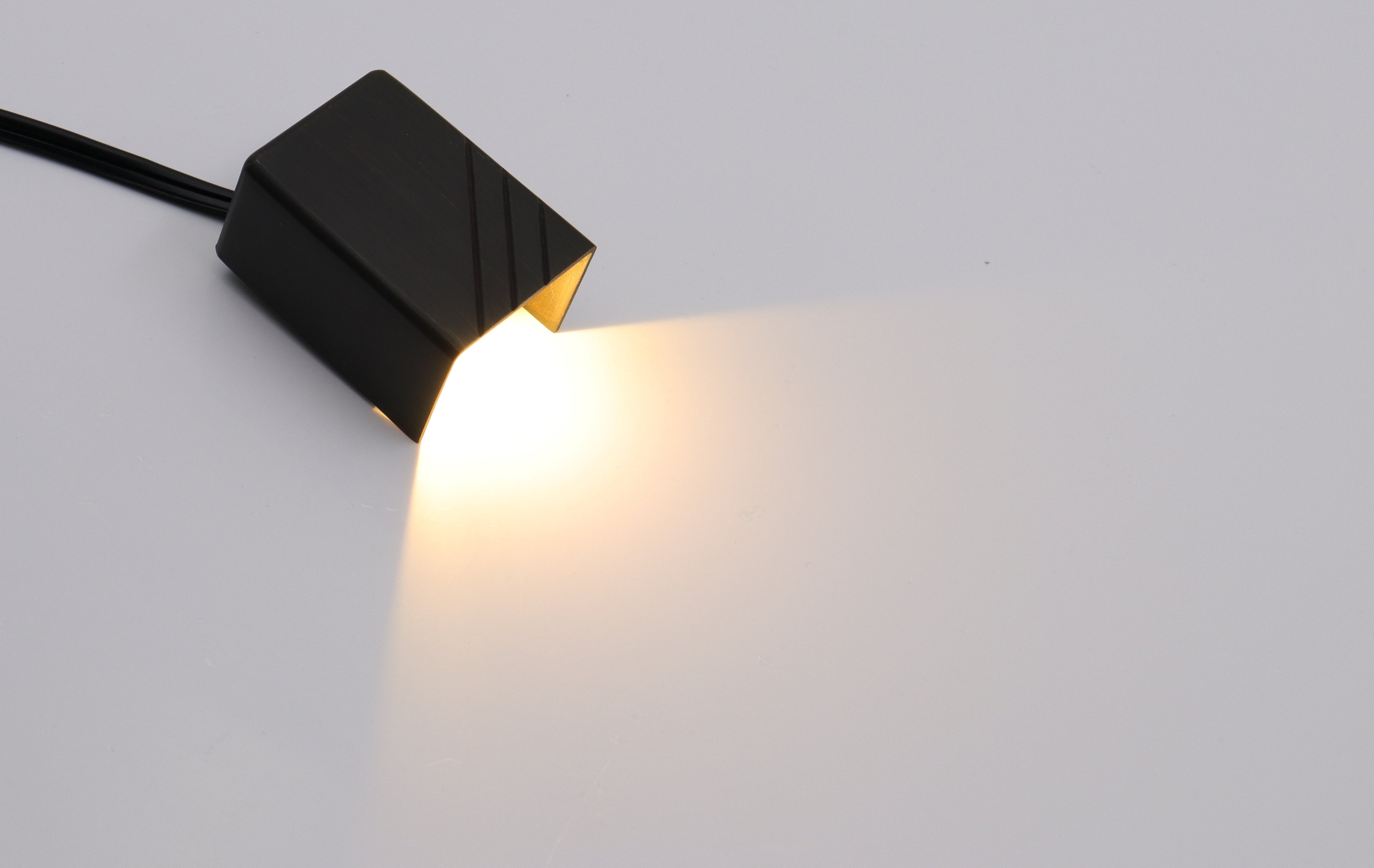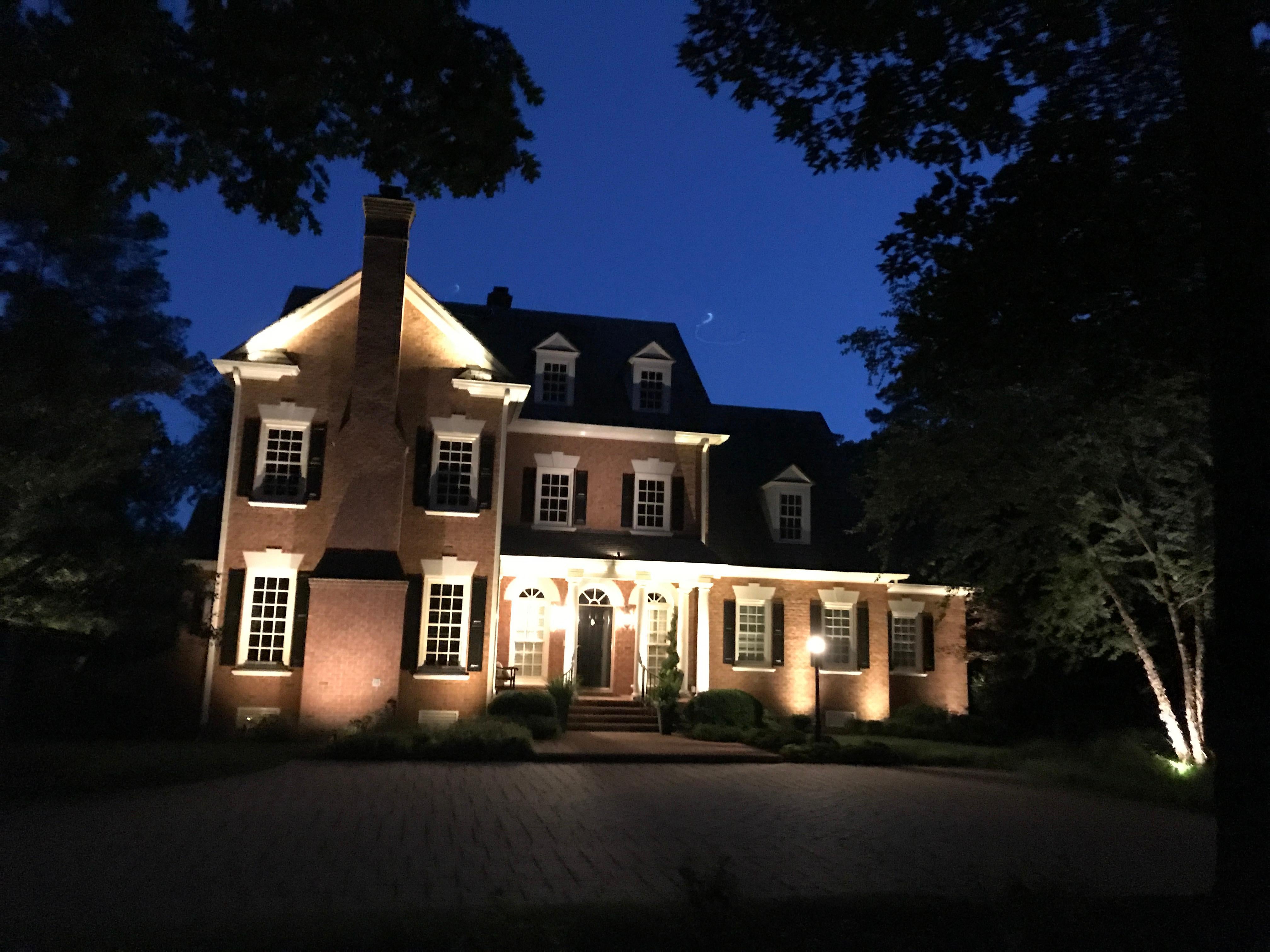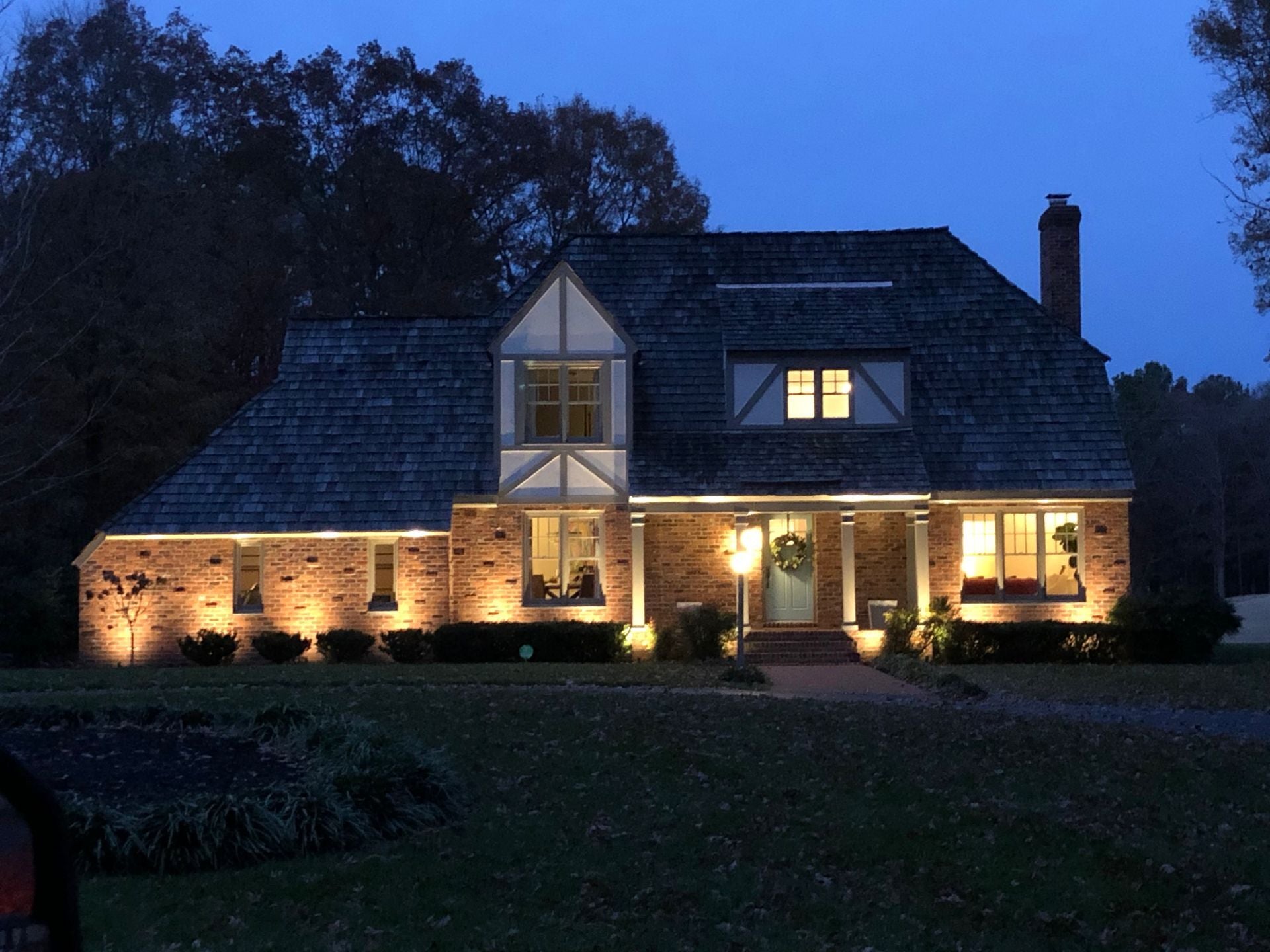When you invest time and money into creating a stunning landscape, the last thing you want is for your lighting system to falter. A short circuit in your landscape lighting can throw a wrench in the beauty and functionality of your outdoor space. However, tracking down a short in your landscape lighting system is no trivial task, given the myriad components involved. In this comprehensive guide, we'll delve into how to accurately identify a short in your landscape lighting and the steps you can take to rectify it.

What Is a Short Circuit?
A short circuit occurs when electricity deviates from its intended path, usually due to a breach in the wiring insulation. This causes a sudden surge of electricity that can be damaging to your lighting system. Understanding the nature of a short circuit helps in identifying potential issues and informs the steps you need to take for resolution. More info about short circuit here.
7 Steps to Find a Short in Landscape Lighting
1. Identify Signs of a Short in Landscape Lighting
Before you start tearing apart your entire landscape in search of the elusive short, it's crucial to know the telltale signs. Generally, symptoms of a short in landscape lighting include lights flickering, dimming unexpectedly, or refusing to turn on at all. Sometimes, circuit breakers associated with your outdoor lighting might trip, signaling an overload due to a short. Recognizing these symptoms provides a starting point for your troubleshooting journey.
2. Uncover the Problematic Area
The first step in resolving the short circuit is narrowing down the problematic area. Start by turning off all the lights and unplugging them from the power source. Then, plug each light back in, one at a time, while observing changes in the system's performance. When you encounter an anomaly—like a flicker or a failure—you've likely found the section of the lighting system where the short is present.
3. Gather Proper Tools
Essential tools include a voltage tester, wire stripper, and an insulation resistance tester. These instruments will enable you to identify electrical currents and the integrity of the wiring involved, which are vital in pinpointing where the short is located.

4. Diagnose the Short
After identifying the area with the possible short, you'll want to begin a more detailed inspection. With the power turned off, start by inspecting the wires for any visible damage, such as cracks, cuts, or exposed metal. Utilize your voltage tester to check for abnormal electrical activity, and employ the insulation resistance tester to examine the wire insulation's effectiveness.
5. Use a Multimeter for Precision
If the preliminary tools don't yield a concrete answer, a multimeter can be a more accurate device for this purpose. With a multimeter, you can measure the resistance, current, and voltage in the wires. Low resistance usually indicates a short circuit. Armed with this information, you can move to the next step, which is repairing or replacing the damaged components.
You may want to know: How do you use a multimeter to diagnose common problems in instrumentation circuits?
6. Take Corrective Action: Repair or Replace?
After successfully locating the short, the next course of action is either repairing the wire or replacing it altogether. If the wire has minor damage like a small cut, it might be possible to patch it up using electrical tape. However, if the damage is extensive or if the wire has degraded over time, replacement becomes the more viable and long-lasting solution.
7. Final Testing: Confirming the Fix
Once repairs or replacements are made, it's time to test the system again to ensure that the issue has been resolved. Plug in all the lights and turn them on. If everything functions as expected without any anomalies, you've successfully located and repaired the short in your landscape lighting.
When to Call an Electrician?
If, despite your best efforts, you're unable to locate the short, or if you're uncomfortable dealing with electrical systems, it's advisable to consult a professional. Electricians have specialized tools and knowledge that can make the process quicker and safer.

Conclusion
Locating a short in your landscape lighting might seem like looking for a needle in a haystack. However, by adopting a systematic approach, using the right tools, and exercising a little patience, you can identify the issue and fix it yourself. For a comprehensive guide on mistakes and how to prevent them, check out our in-depth article "Outdoor Lighting Mistakes: 6 Solutions". Should you encounter insurmountable difficulties, never hesitate to call in the professionals for expert assistance. After all, keeping your landscape lighting in optimal condition enhances the beauty and value of your outdoor space.






Leave a comment
All comments are moderated before being published.
This site is protected by hCaptcha and the hCaptcha Privacy Policy and Terms of Service apply.